BODY ROOT
November 12–December 17
Maya Barrera
Jenny Blumenfield
Devra Fox
Sarah Gilfillan
Colleen Herman
Janine Iversen
Paul Lee
Jane Swavely
“For me, art is concerned with the idea of the human condition, which I see as the space between the body and the mind”
—Paul Lee
We look to art and artists to guide us towards a nonlinguistic interpretation of the meaning of being here, being alive. In a culture that prioritizes critical thought, pragmatism, and the primacy of language, it is necessary to inject alternatives. We are not yet brains in jars, powered by the Singularity. We are bodies, riven with desires and punched through with loss and joy that we can only pretend to control. Abstraction becomes a clarion call away from packaged ideas and into a murkier realm from deep in the body.
New York-based British artist, Paul Lee, reframes everyday materials as powerful talismans of yearning, of sensate experience and symboliccodes. In his ongoing series of wall assemblages built around tambourines, Lee draws out our latent synesthesias, injecting sound into the visual field, calling upon our associative resources to form a bridge between painting and music, object and subject, hard and soft. Also from New York, sculptor Maya Barrera’s ceramic works similarly operate on both a local and cosmic scale, creating whole realms that are also simple vessels with often brutalist color treatments. Barrera’s sense of texture and form toggle the viewer between beauty and abjectness, always maintaining a core delicacy.
Painters Colleen Herman and Jane Swavely, also from NYC, manifest colorful abstractions seemingly from deep within their bodies. Herman’s canvases are effervescent expressions which echo mother nature’s shapes of wind through the trees, light on the water, buds bursting on the stem. Swavely, meanwhile, creates compositions that often appear like sheets of rain, forming a kind of surface tension bowing out from the picture plane. Swavely’s sense of light and motion are summoned via color, the painter’s mightiest tool. Both Herman and Swavely eschew direct representation without sacrificing the associative meanings of the natural world, using paint as a metaphor for our minds, our bodies, and what it means to be here now.
San Francisco-based artist, Devra Fox, uses smooth gradients of graphite to represent forms that exist between earth and an imagined alternate planet on which plantlike and humanoid forms merge in seductive knots. Fox’s meticulous process projects a strange perfection that is both memetic and not memetic, a picture of somethingequal parts fantasy and right there, completely extant before our eyes. In a similar way, sculptor Jenny Blumenfield (from Los Angeles) creates curvaceous vessels that feel as though they could belong in ancient or far-future fertility rituals. At a scale too large for the table, these biomorphic forms have a distinctly feminine feel. The artist’sdoubled composition speaks to mystical symmetries, and the densely colored glazes bestow particular character.
Sarah Gilfillan (Los Angeles), meanwhile, uses instinctively-born biomorphic forms in oil paint to ground her compositions, building dialogue between characters that appear like sculptures in the surreal space of the painted picture plane. These forms are given weight, volume, and punches of color such that object and subject meld into one, beneath a glowing moon-like orb. Gilfillan’s is an existential abstraction. New York-based painter, Janine Iversen, uses her medium to address how we perceive. The artist paints in optical, striated patterns that recall waves passing over the images of old tube television sets, implying that to see is to read media in today’s culture. Deploying repeated clock motifs, dislodged from surrounding narrative, Iversen’s work offers the jumbled nonsense of our baseline structures back to us in hypnotizing compositions rife with rhythmic, saturated color.
—Paul Lee
We look to art and artists to guide us towards a nonlinguistic interpretation of the meaning of being here, being alive. In a culture that prioritizes critical thought, pragmatism, and the primacy of language, it is necessary to inject alternatives. We are not yet brains in jars, powered by the Singularity. We are bodies, riven with desires and punched through with loss and joy that we can only pretend to control. Abstraction becomes a clarion call away from packaged ideas and into a murkier realm from deep in the body.
New York-based British artist, Paul Lee, reframes everyday materials as powerful talismans of yearning, of sensate experience and symboliccodes. In his ongoing series of wall assemblages built around tambourines, Lee draws out our latent synesthesias, injecting sound into the visual field, calling upon our associative resources to form a bridge between painting and music, object and subject, hard and soft. Also from New York, sculptor Maya Barrera’s ceramic works similarly operate on both a local and cosmic scale, creating whole realms that are also simple vessels with often brutalist color treatments. Barrera’s sense of texture and form toggle the viewer between beauty and abjectness, always maintaining a core delicacy.
Painters Colleen Herman and Jane Swavely, also from NYC, manifest colorful abstractions seemingly from deep within their bodies. Herman’s canvases are effervescent expressions which echo mother nature’s shapes of wind through the trees, light on the water, buds bursting on the stem. Swavely, meanwhile, creates compositions that often appear like sheets of rain, forming a kind of surface tension bowing out from the picture plane. Swavely’s sense of light and motion are summoned via color, the painter’s mightiest tool. Both Herman and Swavely eschew direct representation without sacrificing the associative meanings of the natural world, using paint as a metaphor for our minds, our bodies, and what it means to be here now.
San Francisco-based artist, Devra Fox, uses smooth gradients of graphite to represent forms that exist between earth and an imagined alternate planet on which plantlike and humanoid forms merge in seductive knots. Fox’s meticulous process projects a strange perfection that is both memetic and not memetic, a picture of somethingequal parts fantasy and right there, completely extant before our eyes. In a similar way, sculptor Jenny Blumenfield (from Los Angeles) creates curvaceous vessels that feel as though they could belong in ancient or far-future fertility rituals. At a scale too large for the table, these biomorphic forms have a distinctly feminine feel. The artist’sdoubled composition speaks to mystical symmetries, and the densely colored glazes bestow particular character.
Sarah Gilfillan (Los Angeles), meanwhile, uses instinctively-born biomorphic forms in oil paint to ground her compositions, building dialogue between characters that appear like sculptures in the surreal space of the painted picture plane. These forms are given weight, volume, and punches of color such that object and subject meld into one, beneath a glowing moon-like orb. Gilfillan’s is an existential abstraction. New York-based painter, Janine Iversen, uses her medium to address how we perceive. The artist paints in optical, striated patterns that recall waves passing over the images of old tube television sets, implying that to see is to read media in today’s culture. Deploying repeated clock motifs, dislodged from surrounding narrative, Iversen’s work offers the jumbled nonsense of our baseline structures back to us in hypnotizing compositions rife with rhythmic, saturated color.

Untitled (Ornament Cascade), 2022
Janine Iversen
Oil on linen
66 x 60 in
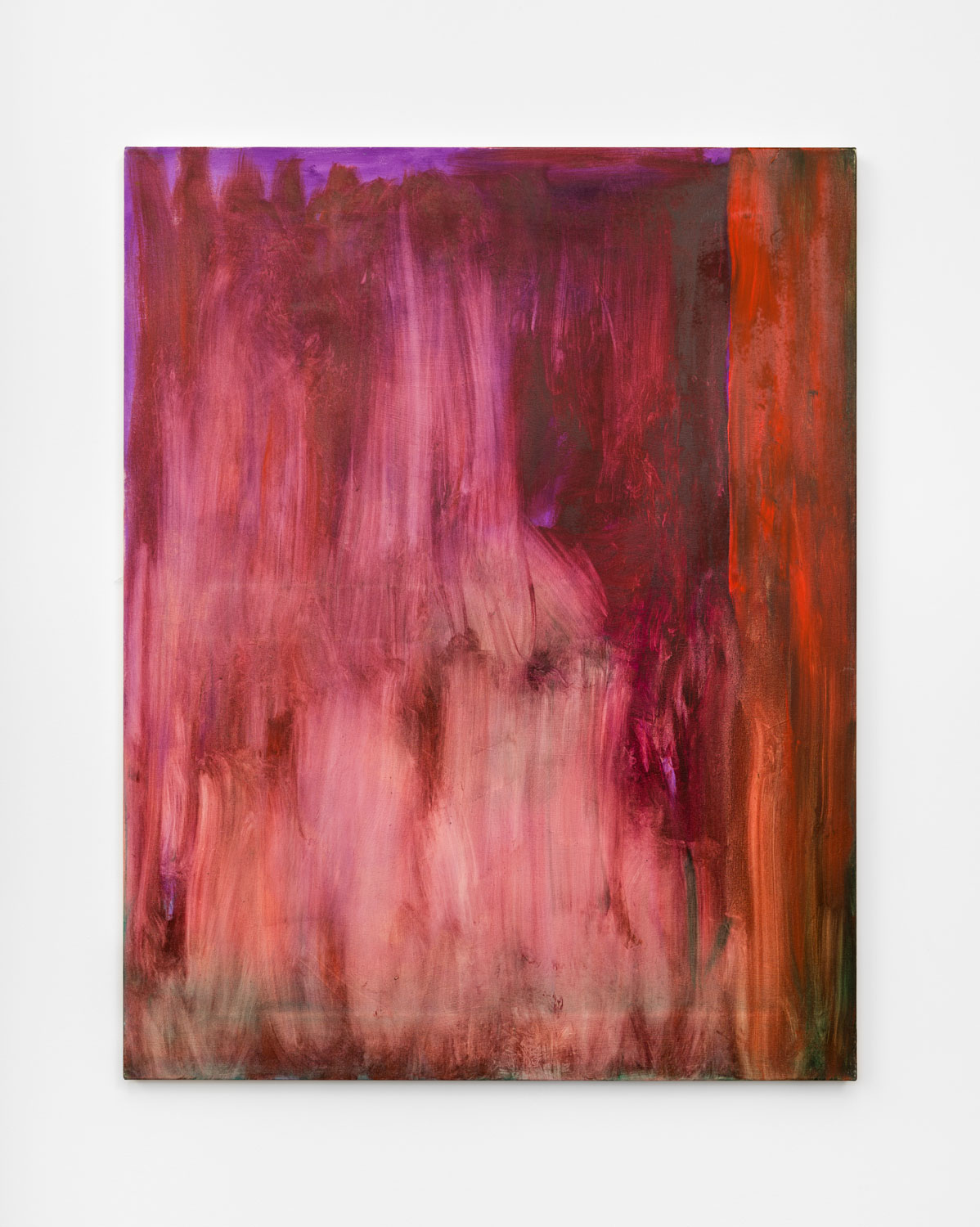
OID #4, 2022
Jane Swavely
Oil on canvas
56 x 44 in


Extant, 2021-2
Jane Swavely
Oil on canvas
56 x 44 in

Pink Painting, 2019
Paul Lee
Acrylic on canvas, on wooden panel on tambourines
60 x 80 in

Untitled (Lipstick Swipe), 2022
Janine Iversen
Oil on wood panel
36 x 24 in
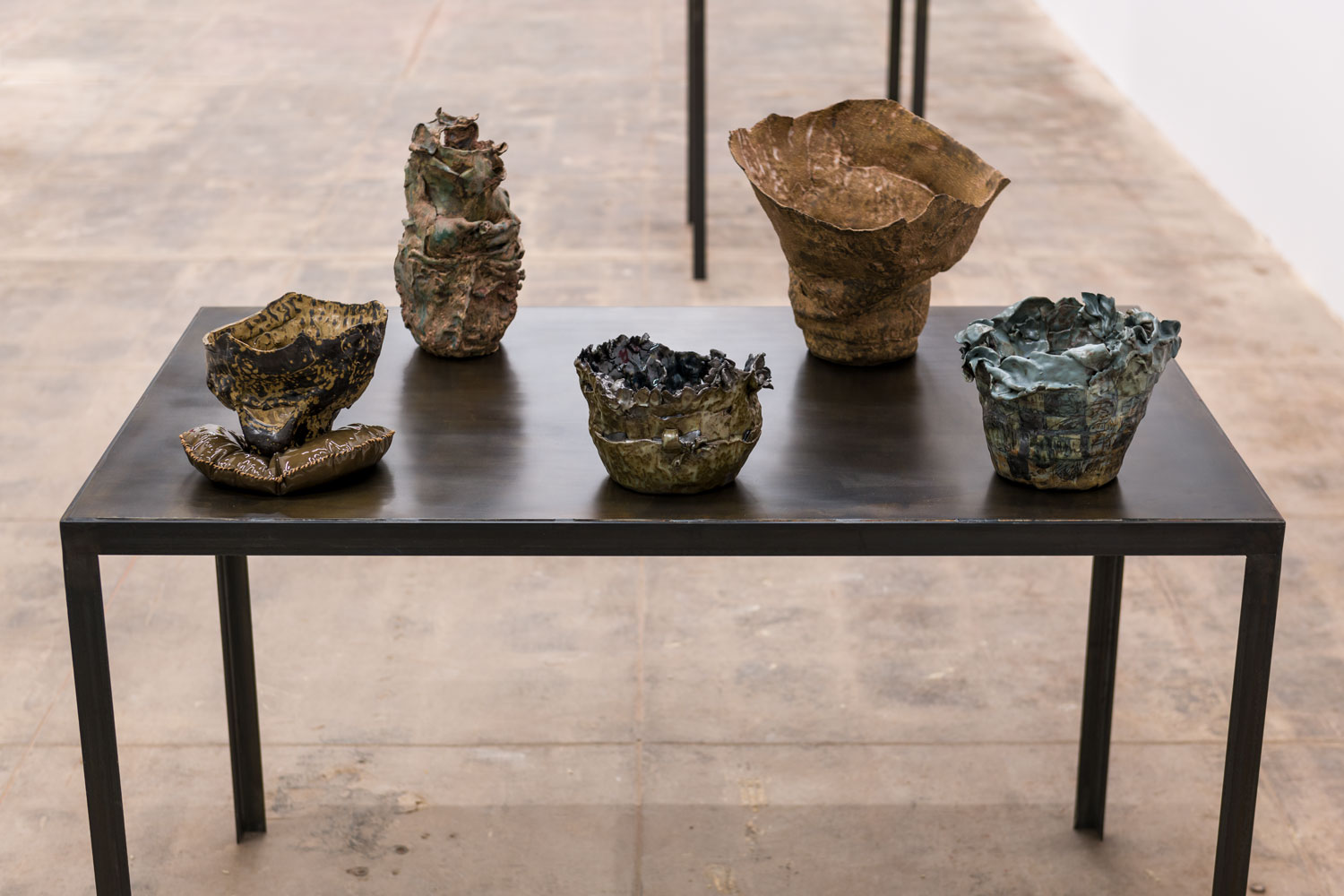

Hiker’s Guide, 2020
Maya Barrera
Hand-built stoneware, custom burnt toast glaze
15 x 13 x 12 in
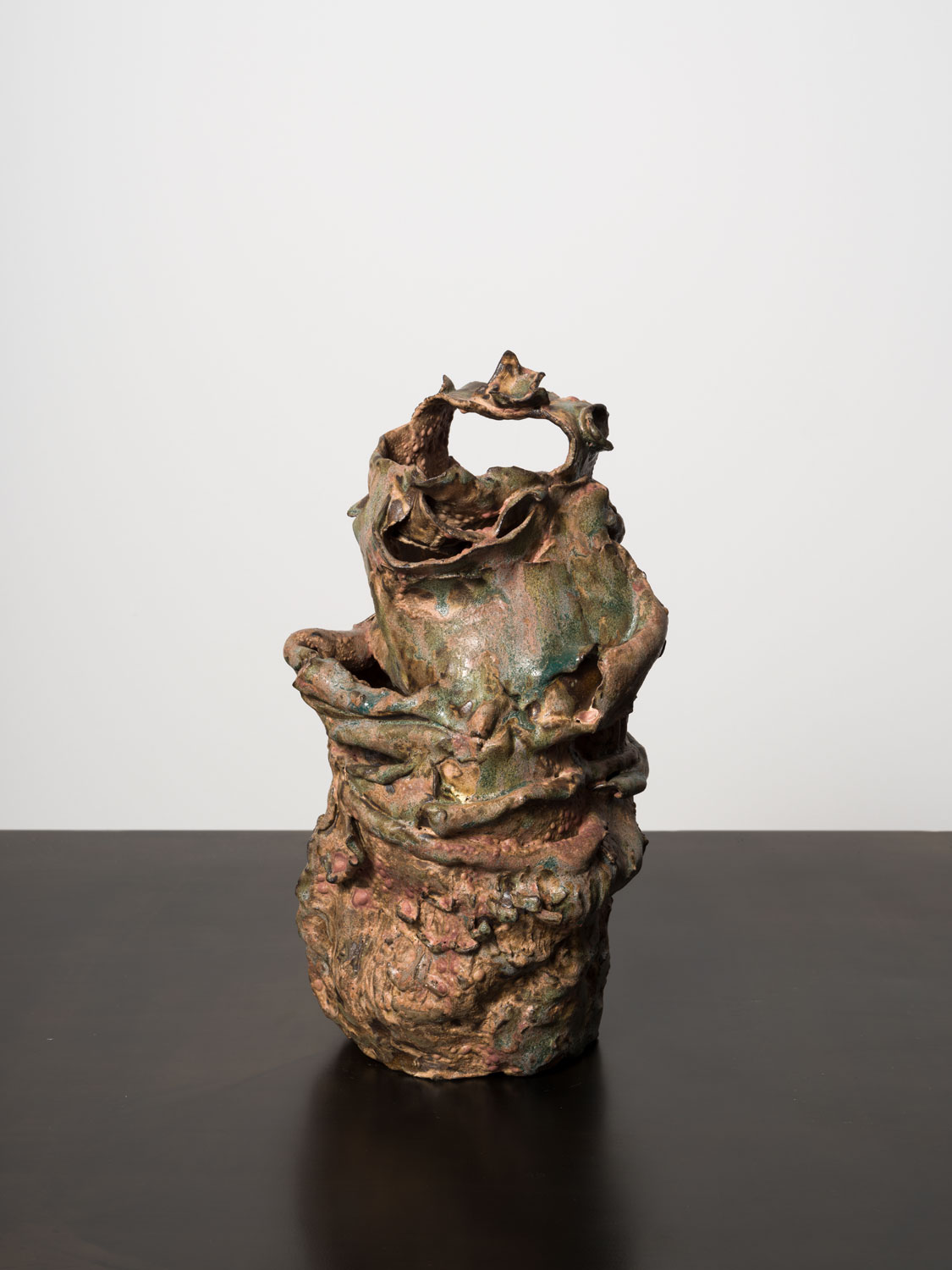
Stacked, 2022
Maya Barrera
Hand-built stoneware, top shelf mixer glaze
12 x 6 x 7 in
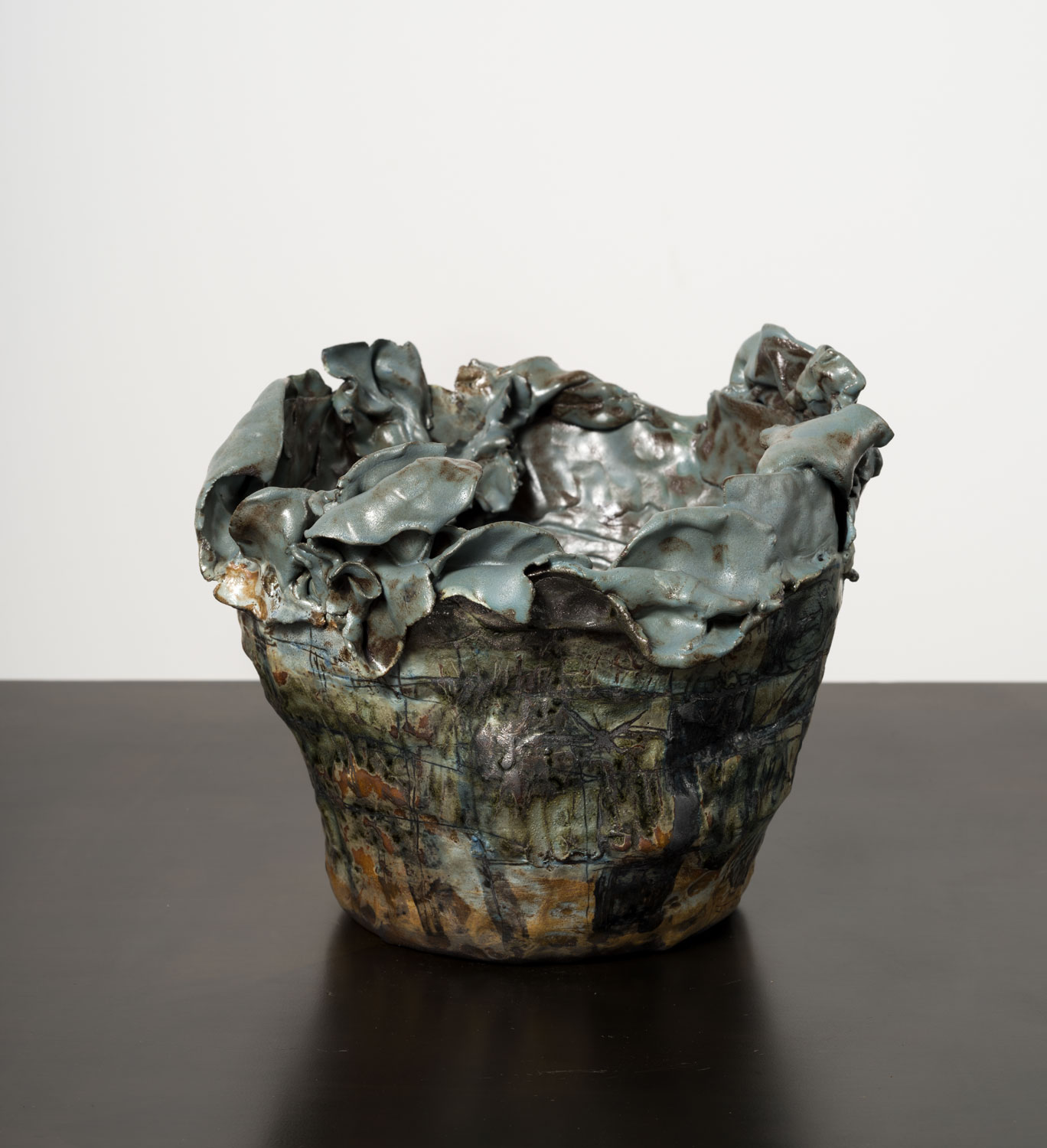
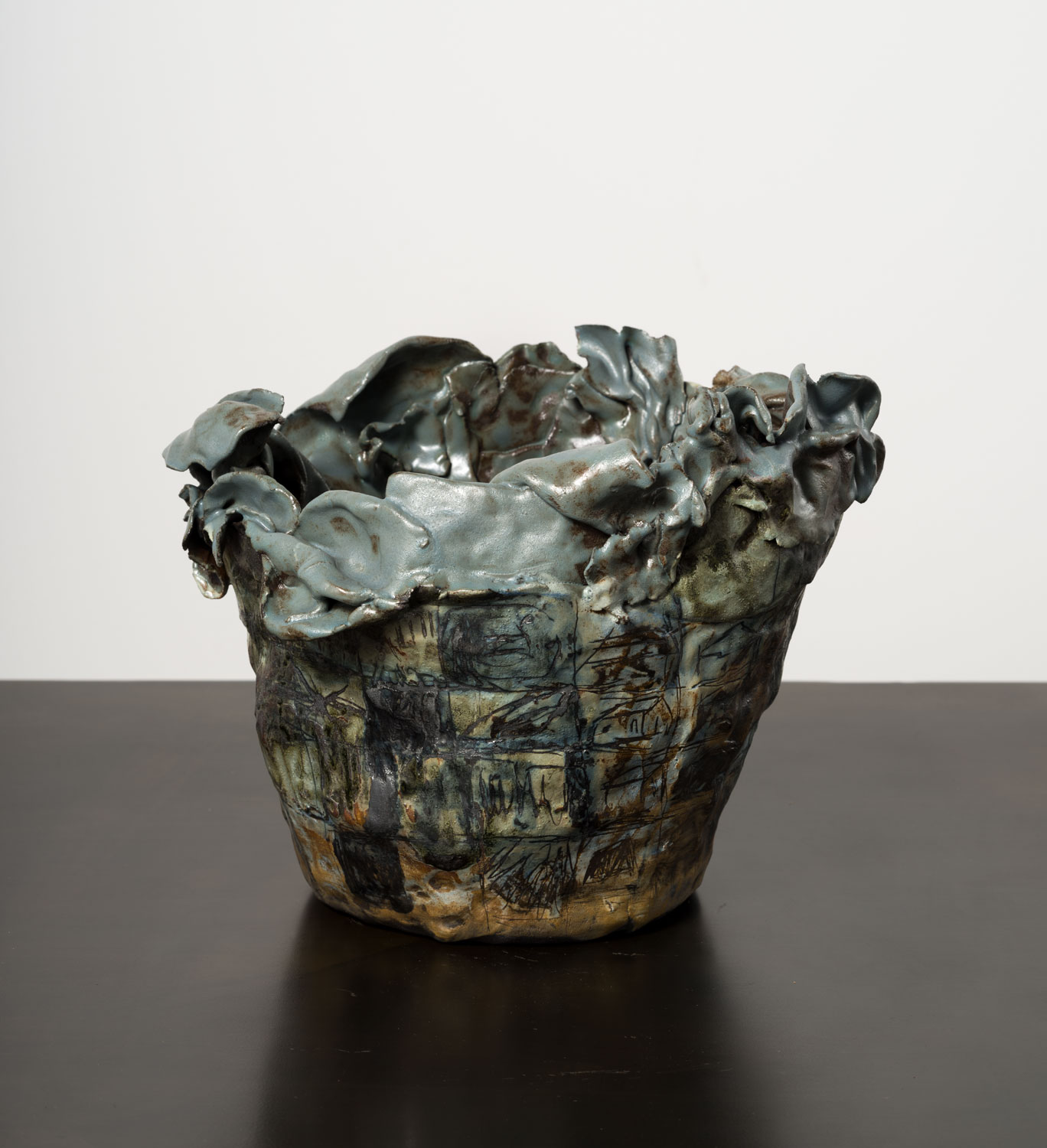
Ended Somewhere Else, 2022
Maya Barrera
Hand-built stoneware, exterior grey leather glaze with interior cobalt wash
7.5 x 8.5 x 9 in
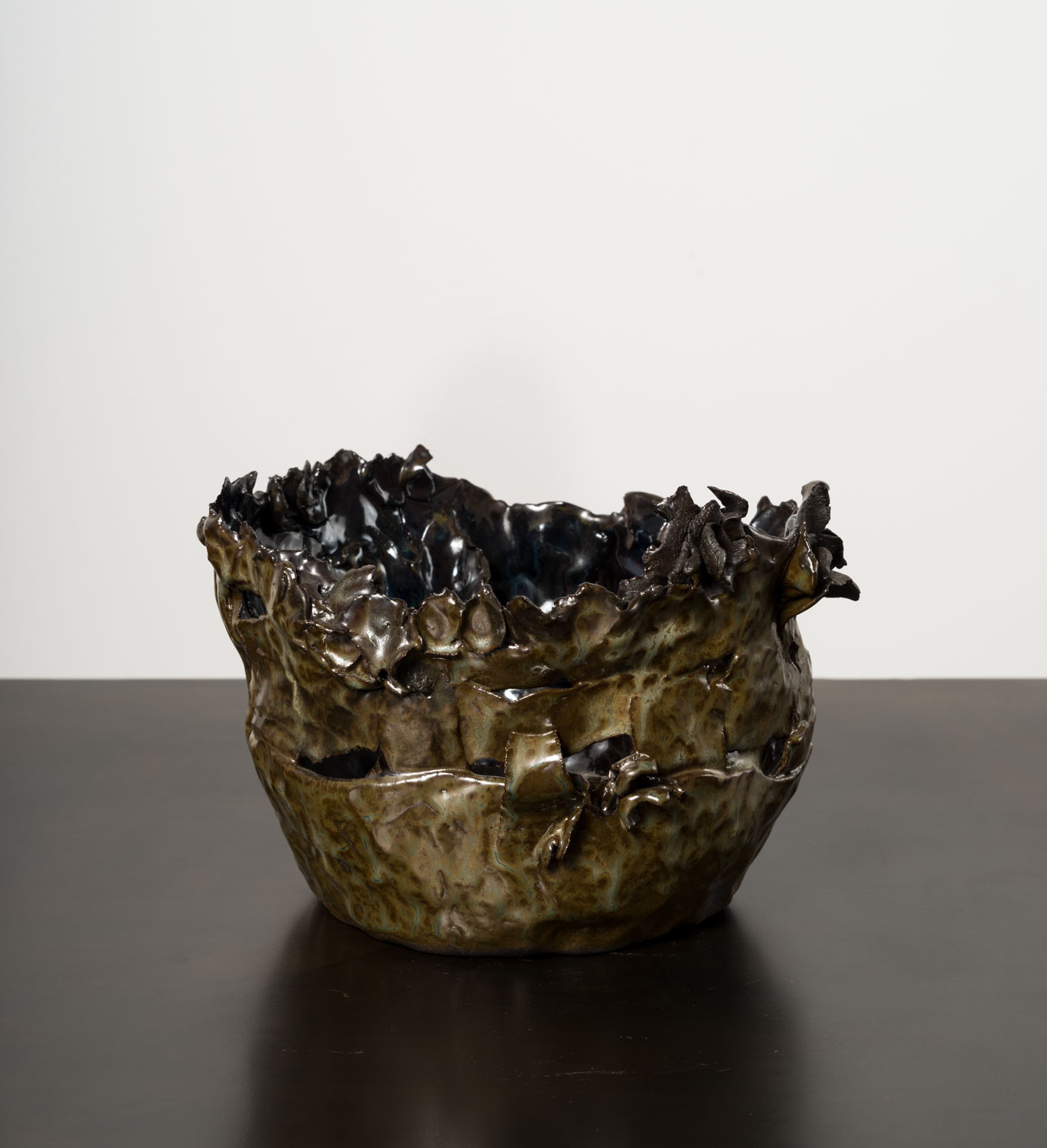
Gastropod, 2022
Maya Barrera
Hand-built stoneware, slug mixer glaze
6 x 8 x 7.5 in

Feeling the Wall for Direction, 2022
Maya Barrera
Hand-built stoneware, hand sewn mud vinyl cushion
7.5 x 9 x 7.5 in
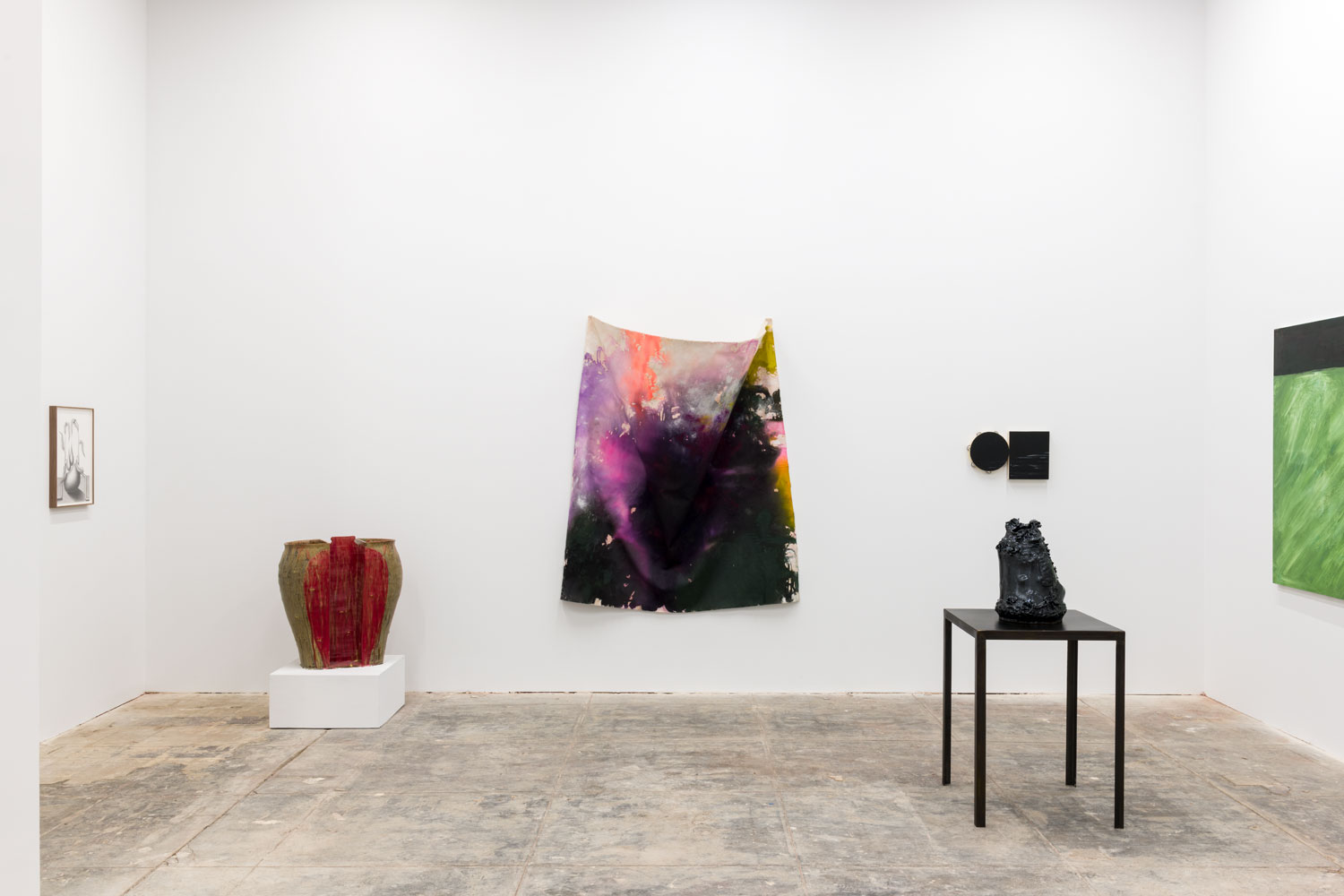

Heliotrope, 2022
Colleen Herman
Acrylic and gouache on canvas
72 x 66 in

Scuba, 2014
Paul Lee
Tambourine, acrylic and canvas
12 x 20.5 x 1.5 in
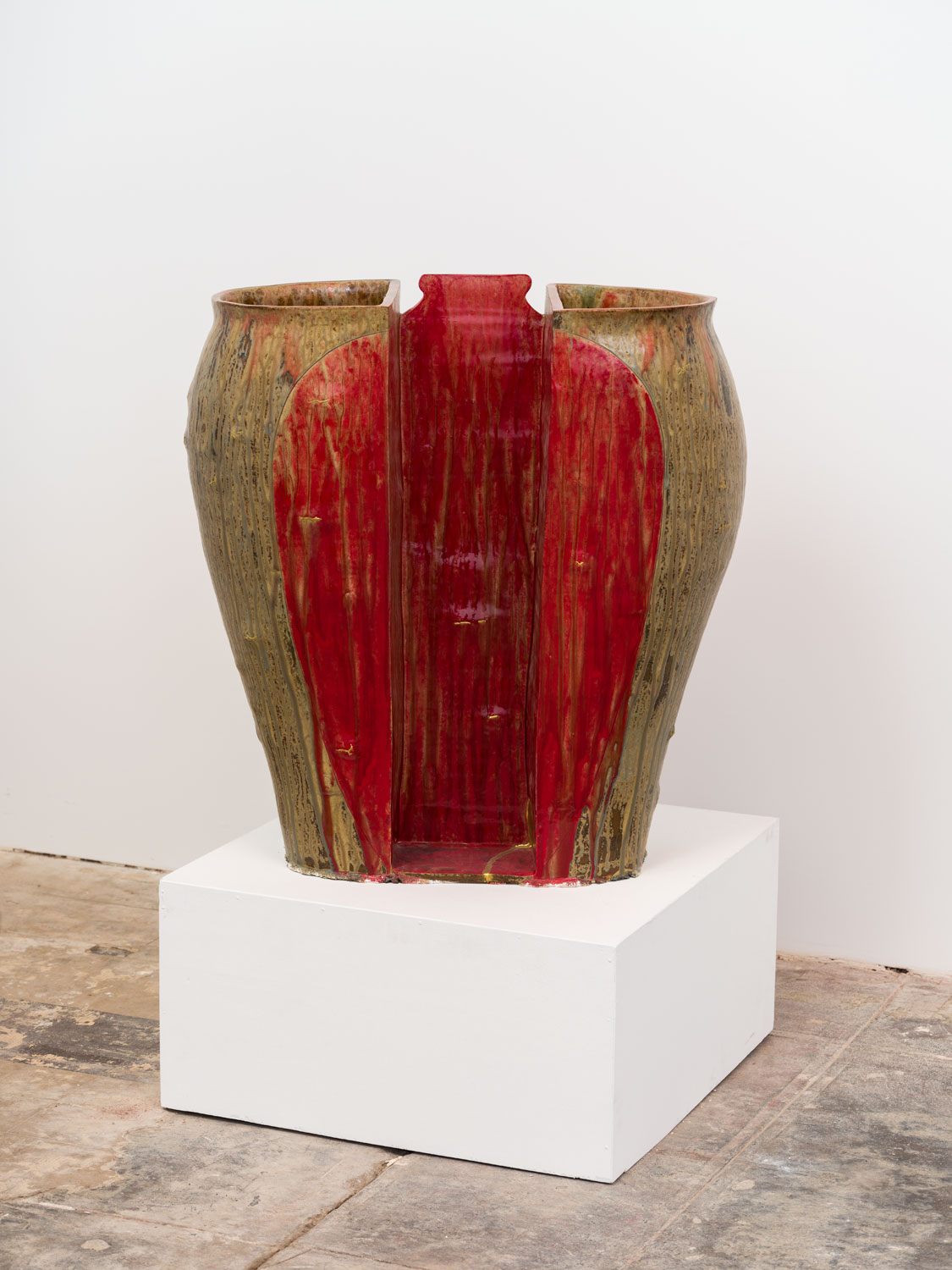
Nude Metamorphosis, 2021
Jenny Blumenfield
Stoneware and Kintsugi
29 x 25 x 15.5 in
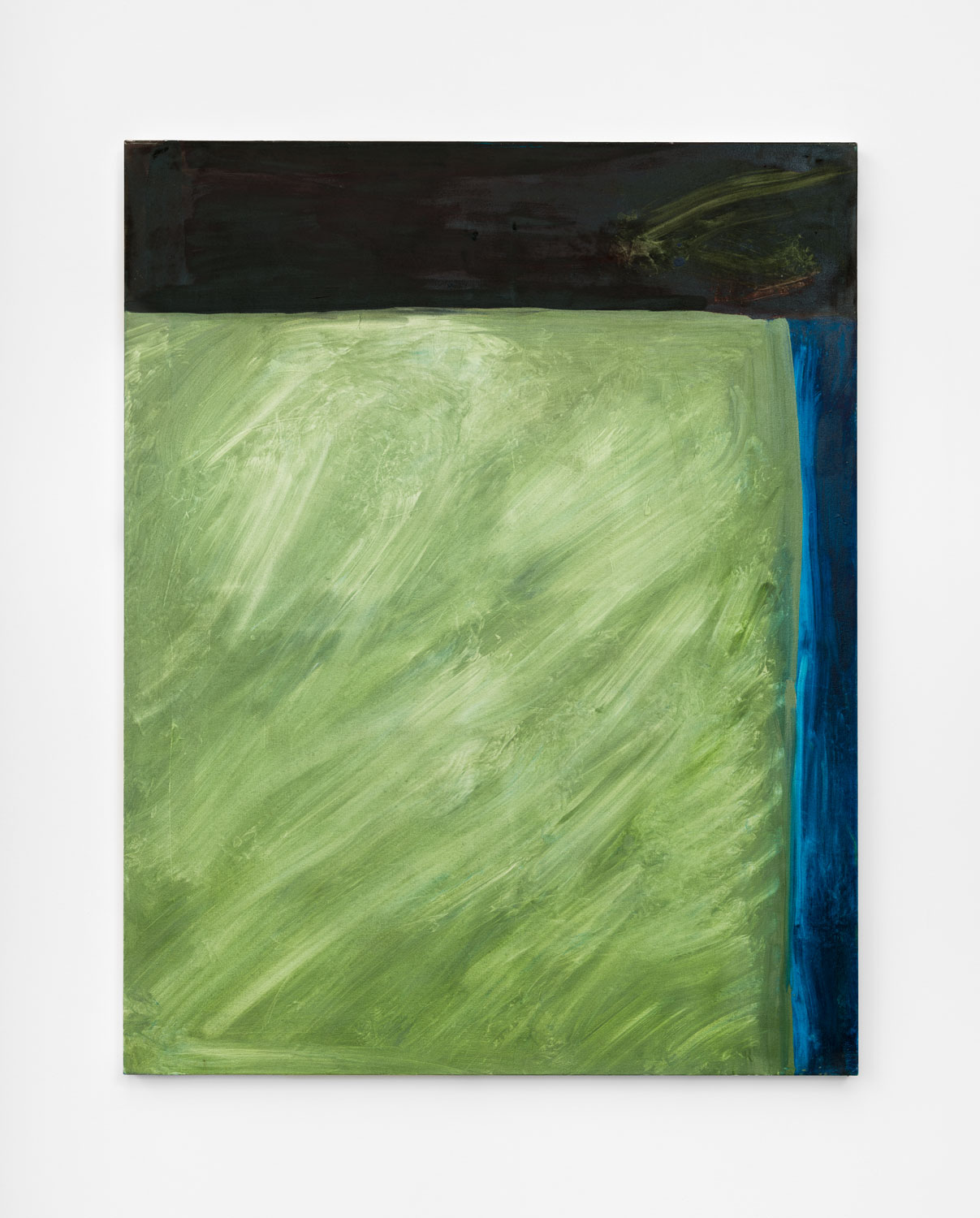
The Blue Light #4, 2019
Jane Swavely
Oil on canvas
56 x 44 in
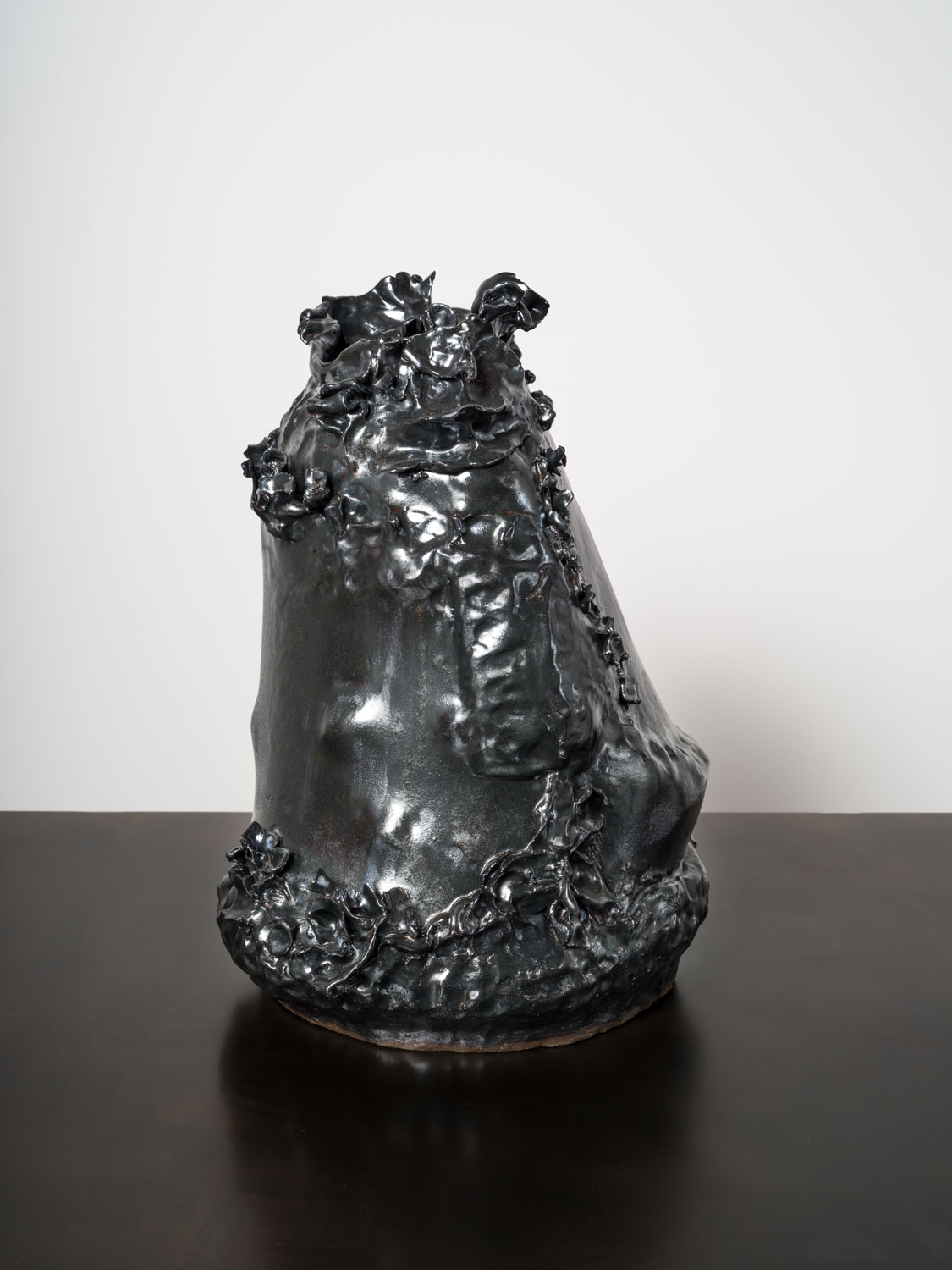
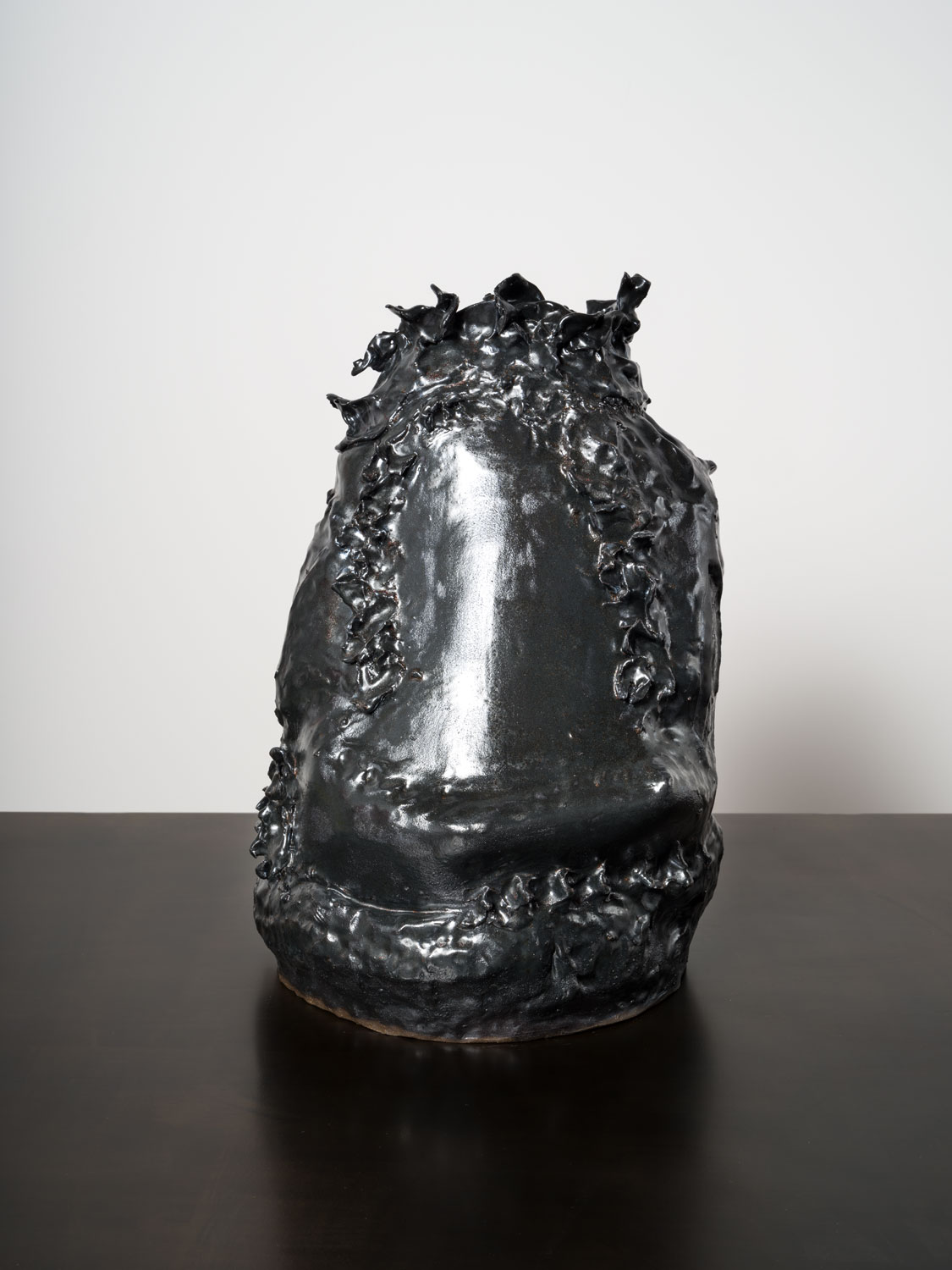
He’s in There Somewhere, I Swear, 2022
Maya Barrera
Hand-built stoneware, commerce street onyx and brown fantasy world glaze
17 x 12 x 13 in
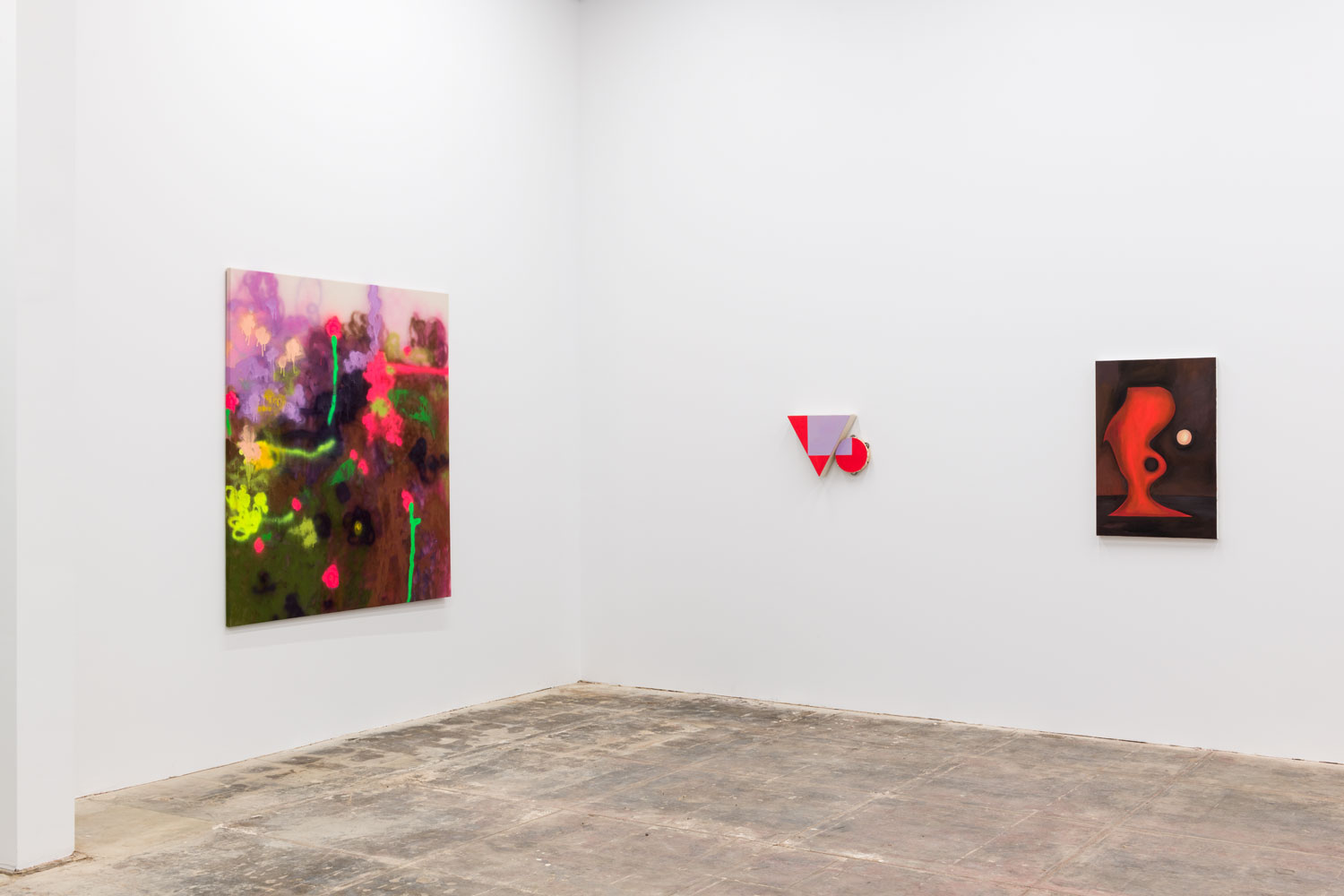
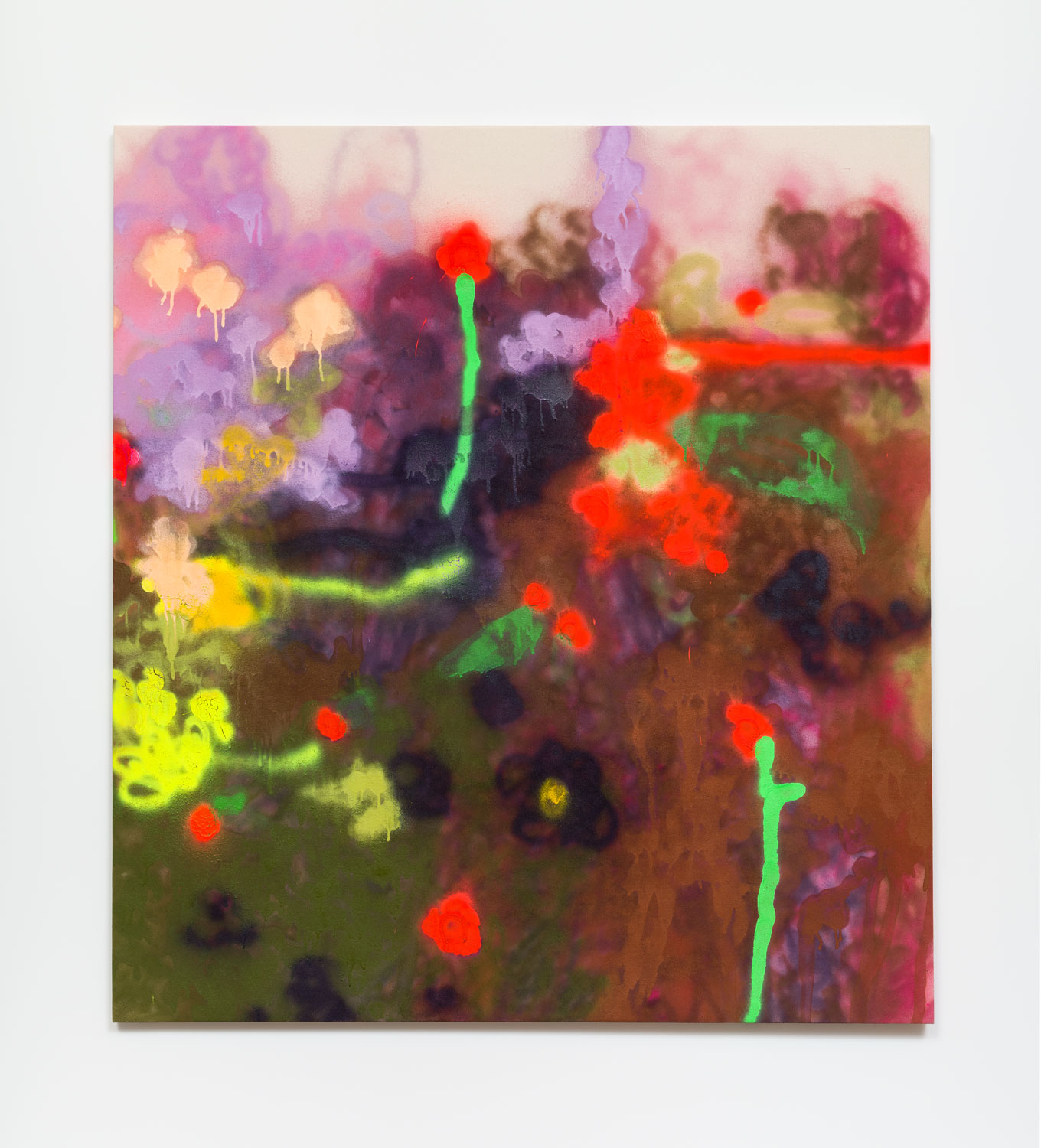
Roam, 2022
Colleen Herman
Spray paint on canvas
68 x 62 in
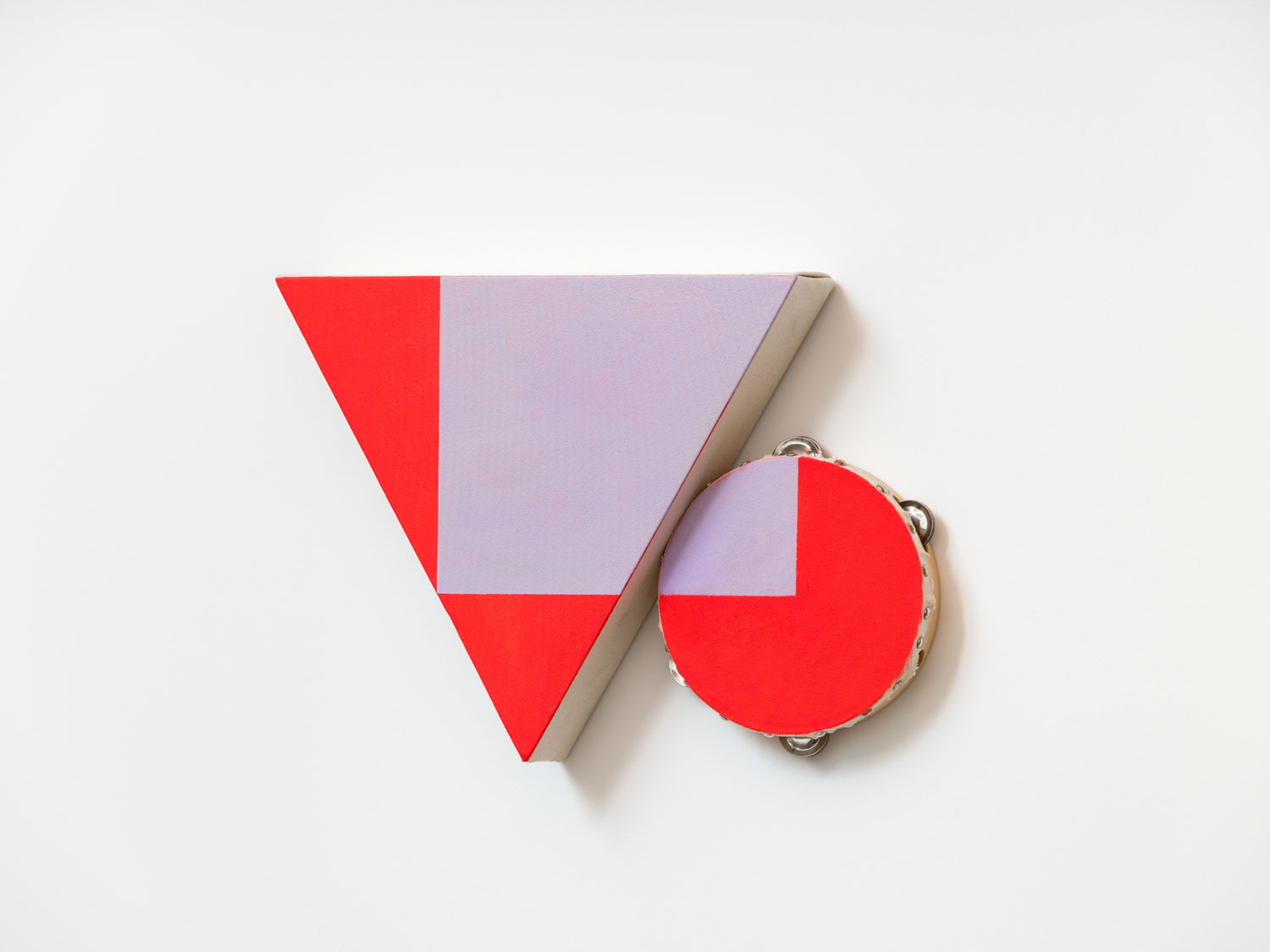
Pool, 2022
Paul Lee
Oil on canvas, on wooden panel and tambourine
16 x 18 x 3 in

Pinched System, 2022
Devra Fox
Graphite on paper
30 x 19 / 31.5 x 21 in
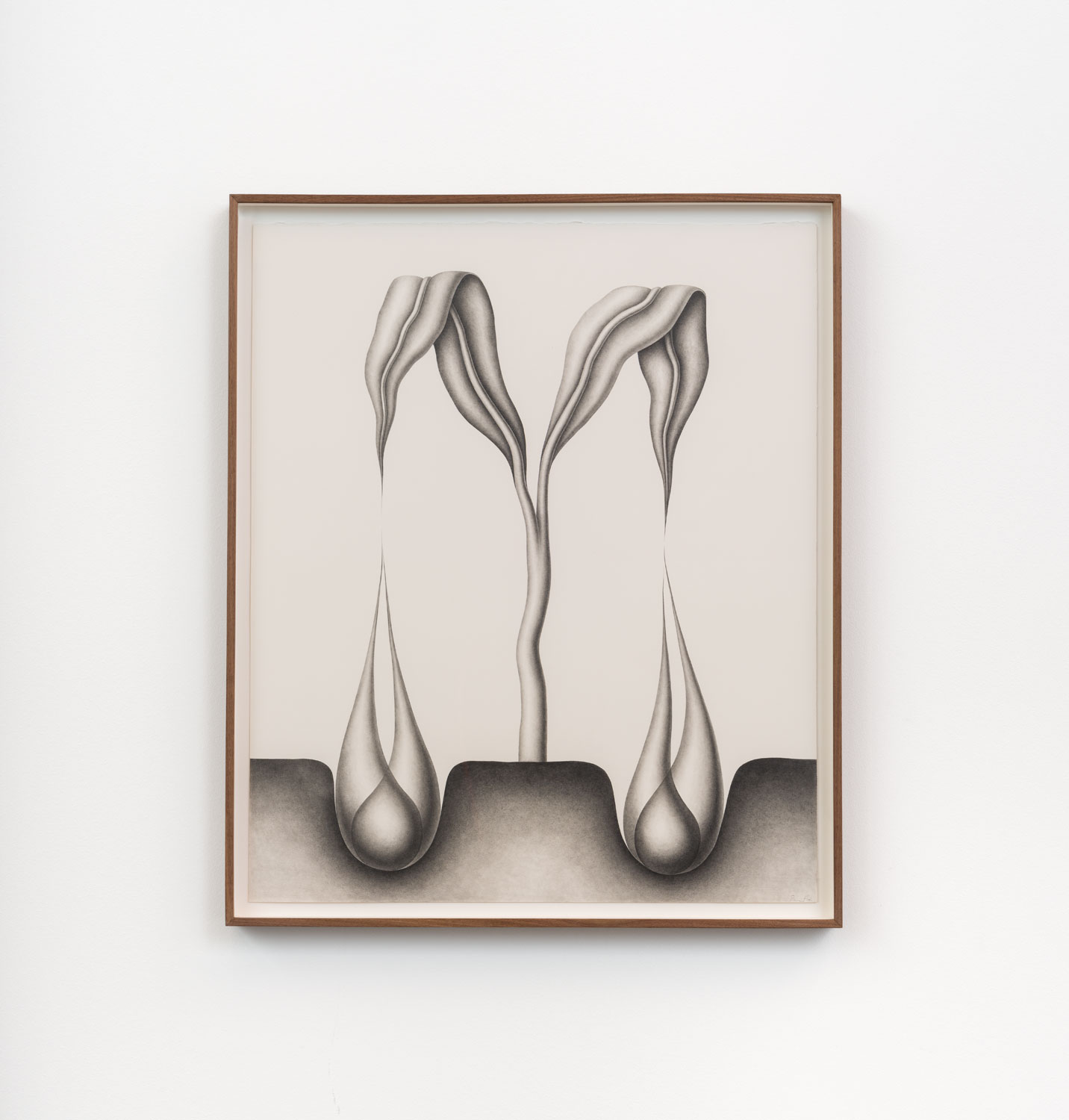
Overlap, 2022
Devra Fox
Graphite on paper
24 x 20 / 26 x 21.5 in
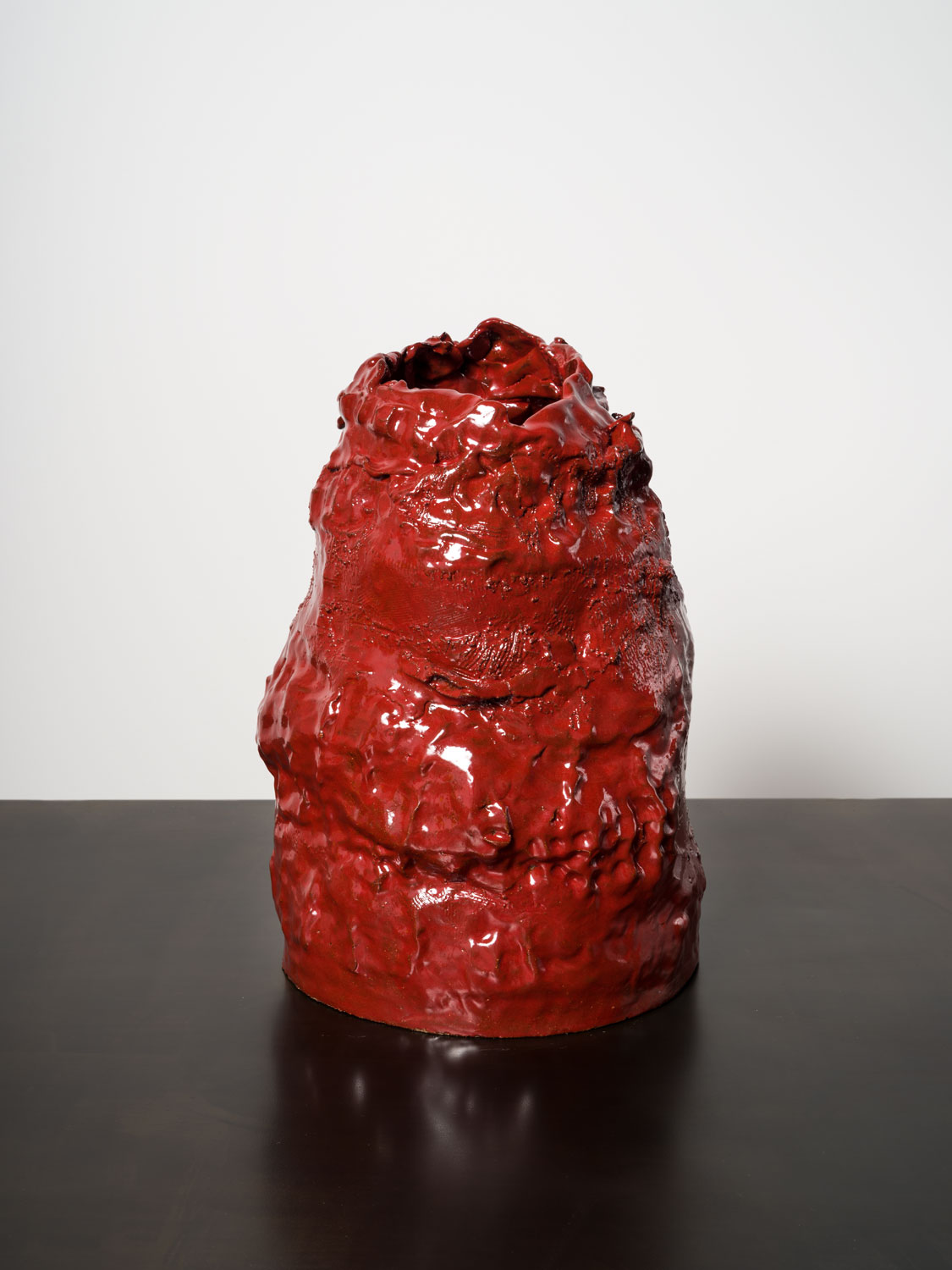

Ego, 2022
Maya Barrera
Hand-built stoneware, oxblood glaze
16 x 10 x 9 in
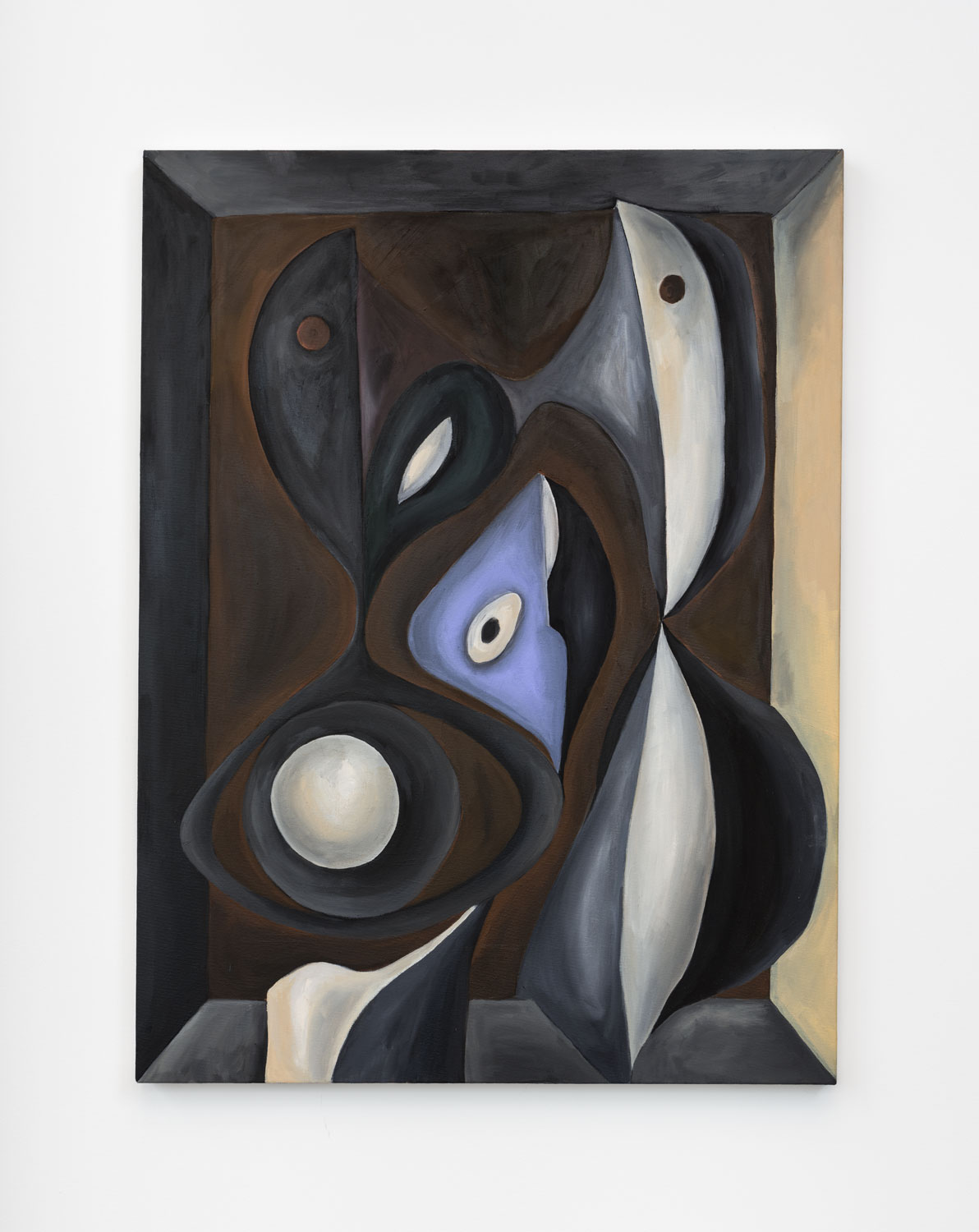
Interlude, 2022
Sarah Gilfillan
Oil on canvas
40 x 30 in
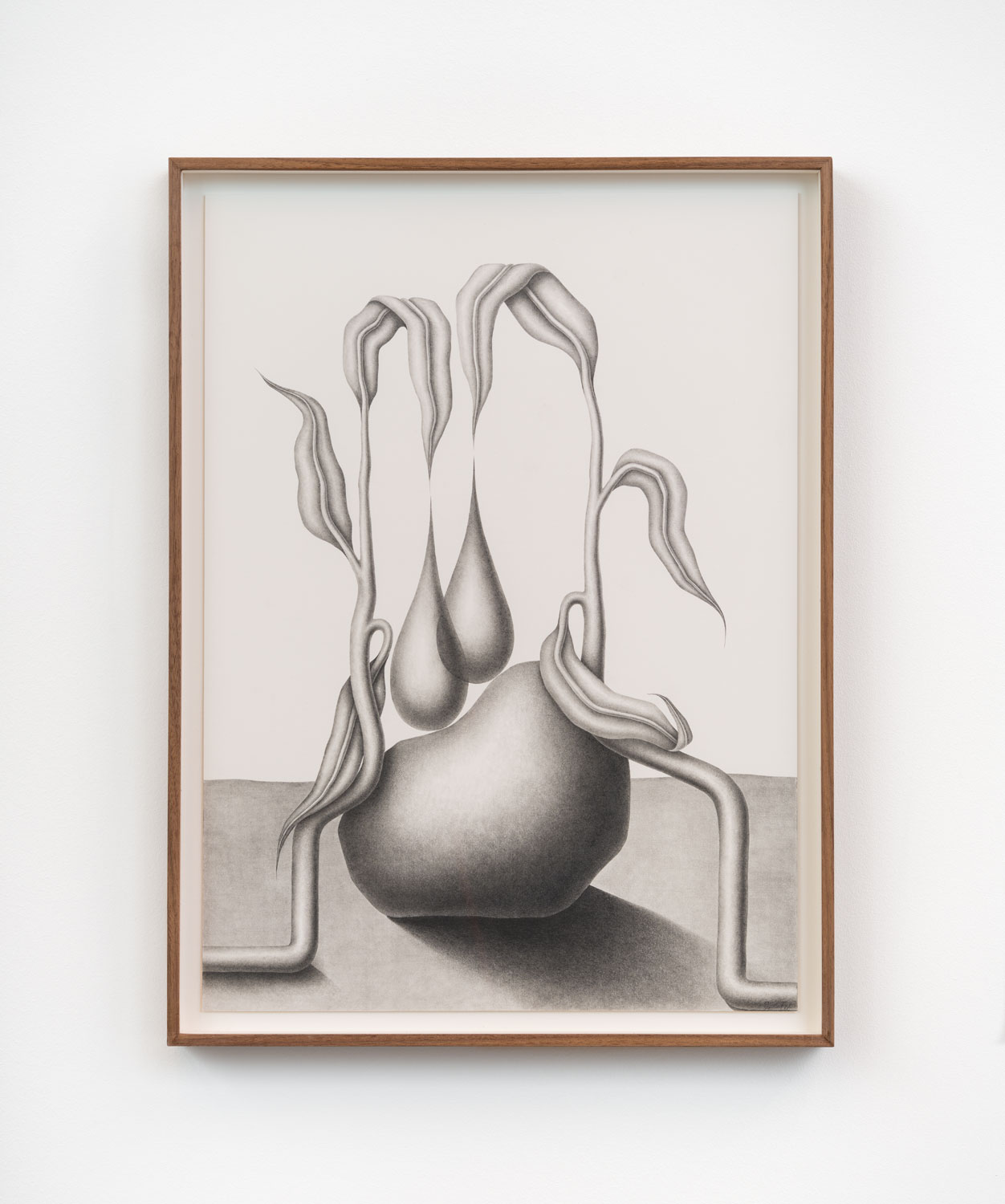
Bond, 2022
Devra Fox
Graphite on paper
20 x 14.5 / 22 x 16 in
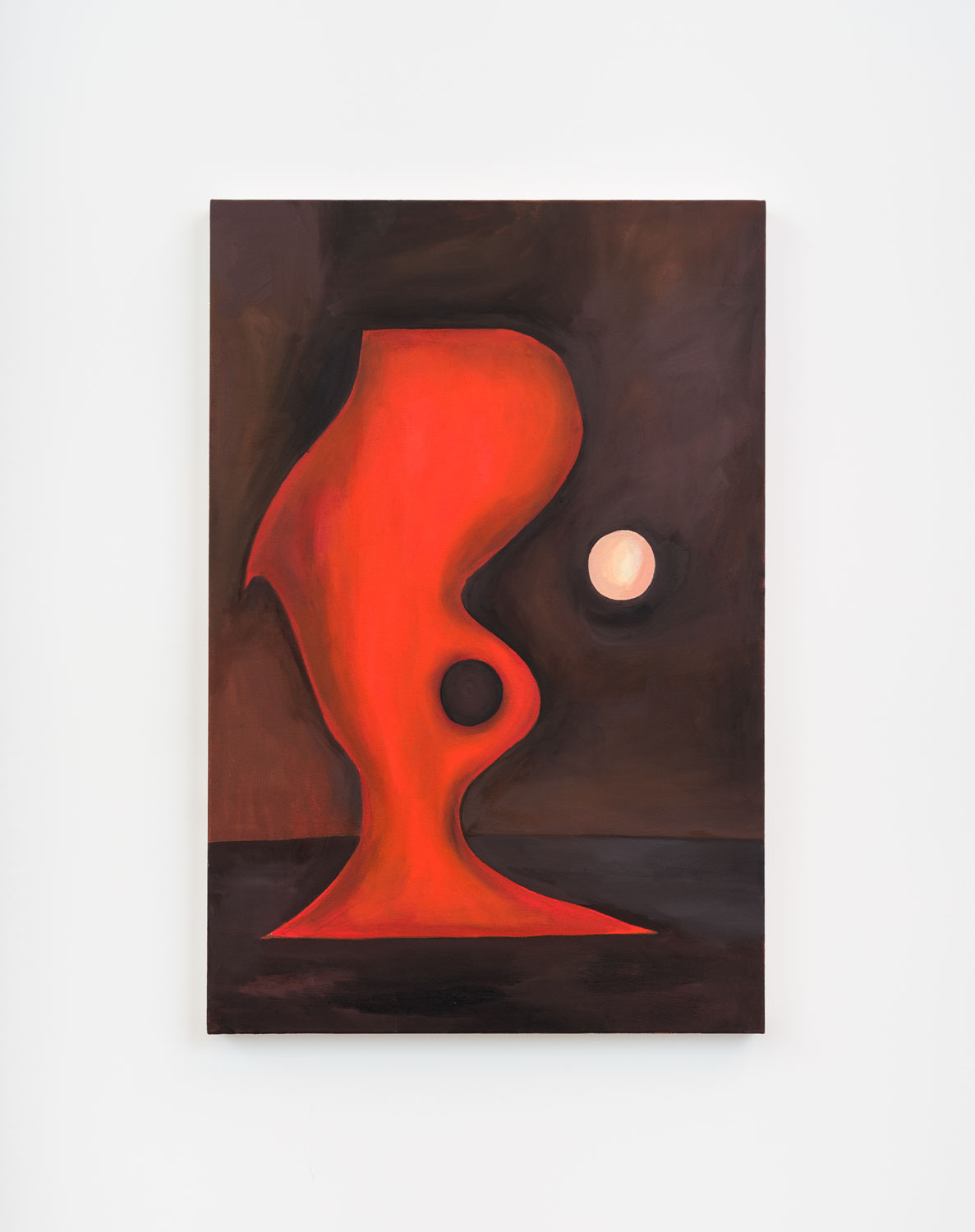
Vespers, 2022
Sarah Gilfillan
Oil on canvas
36 x 24 in
